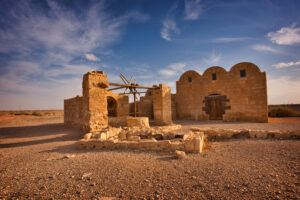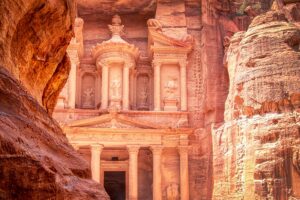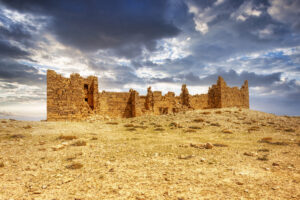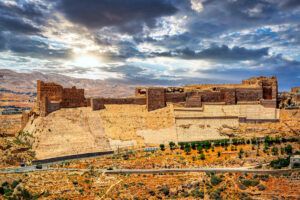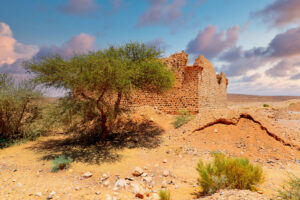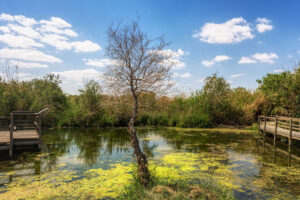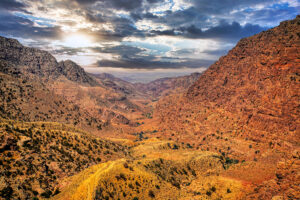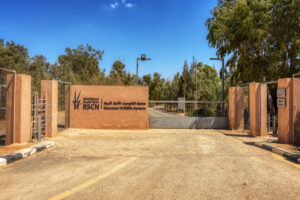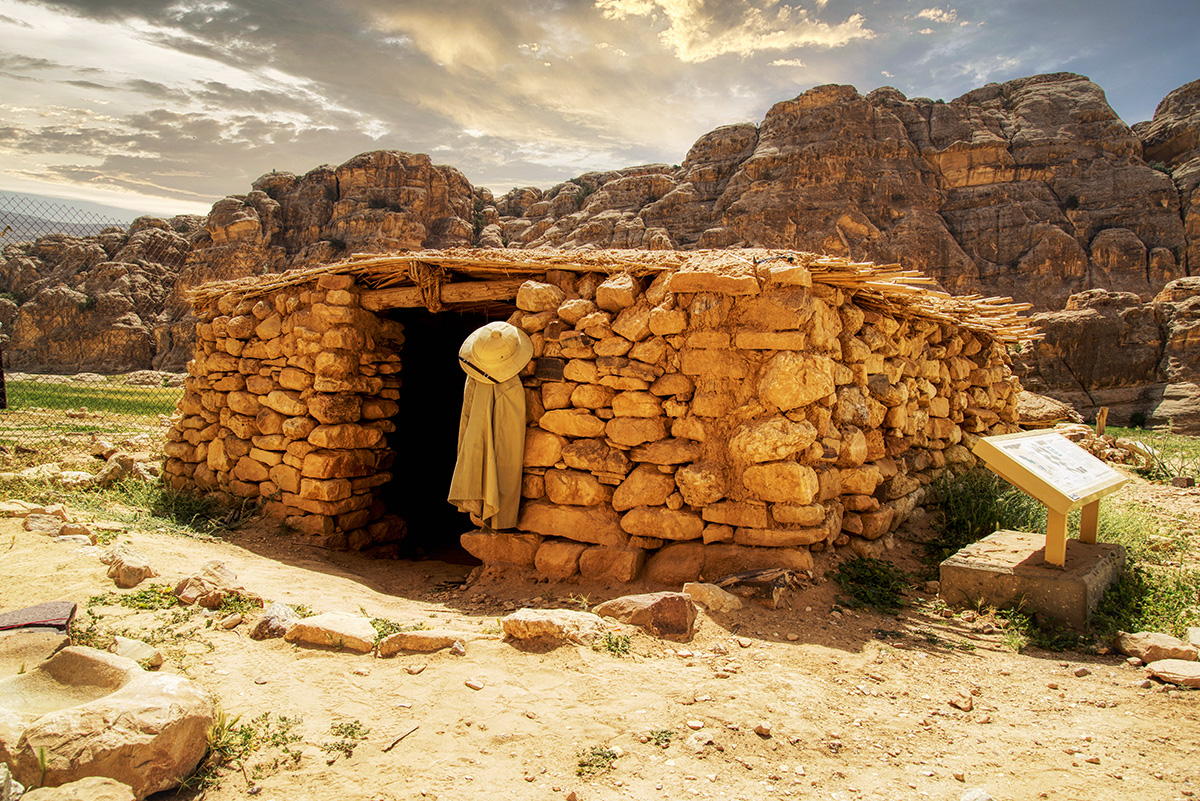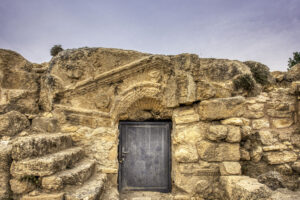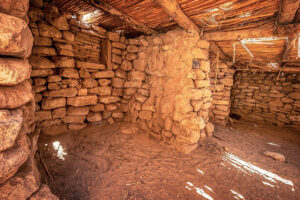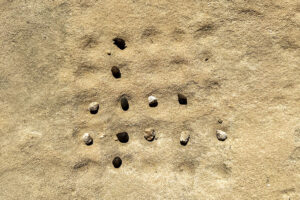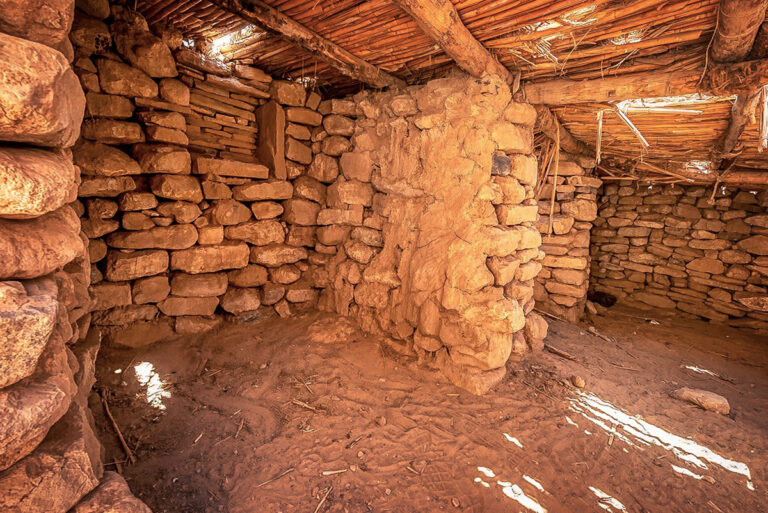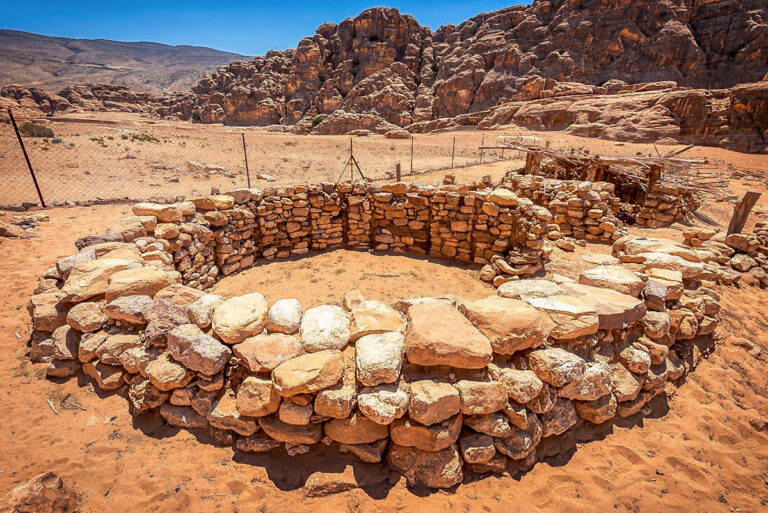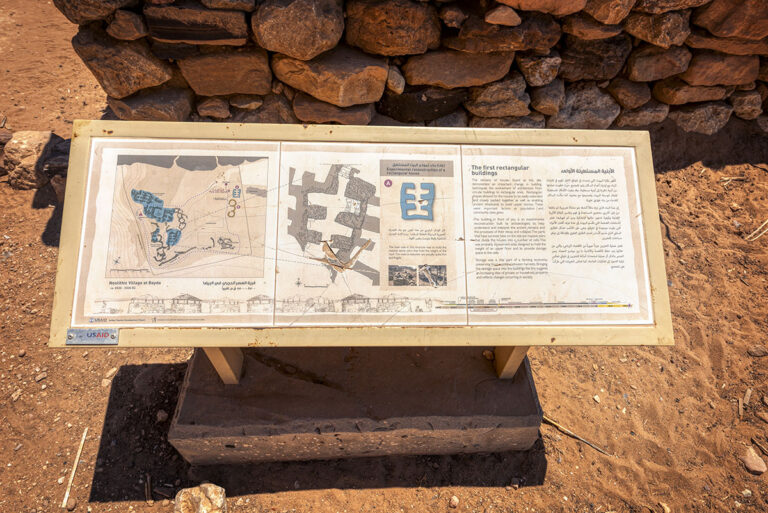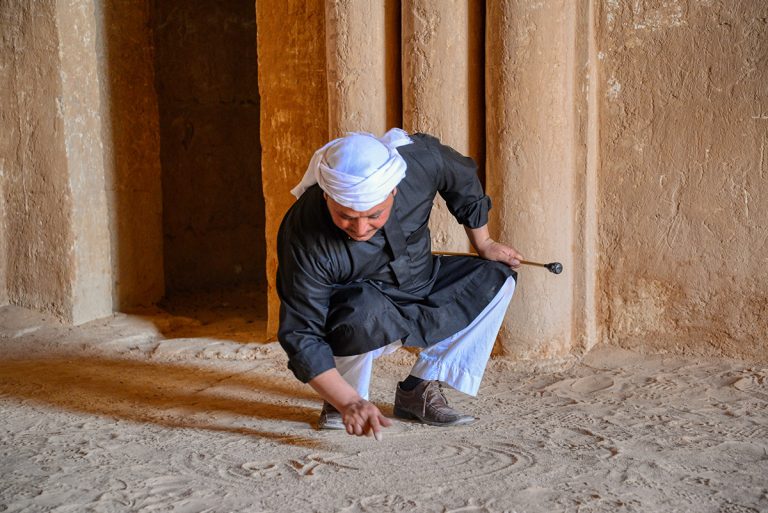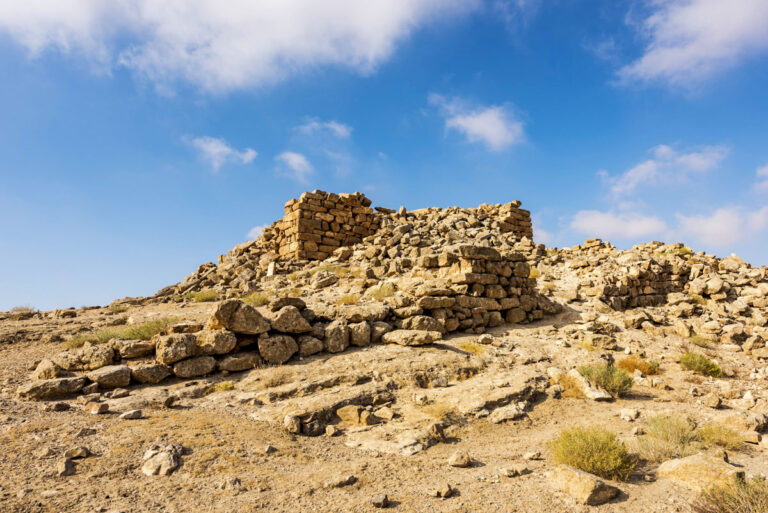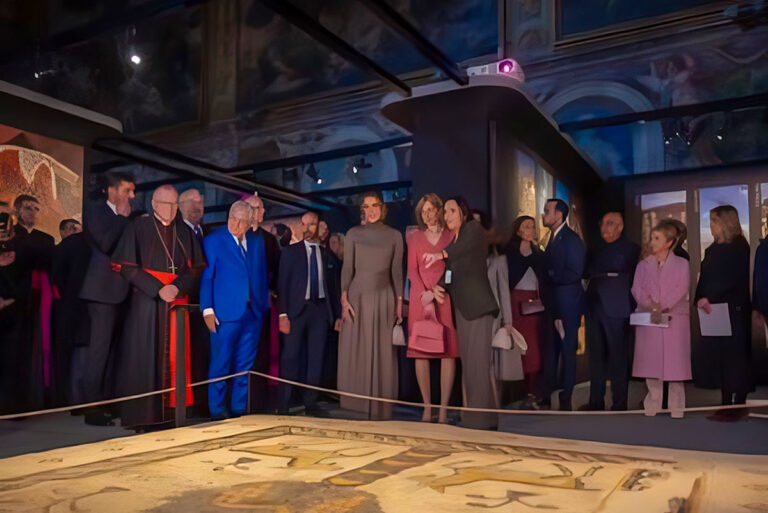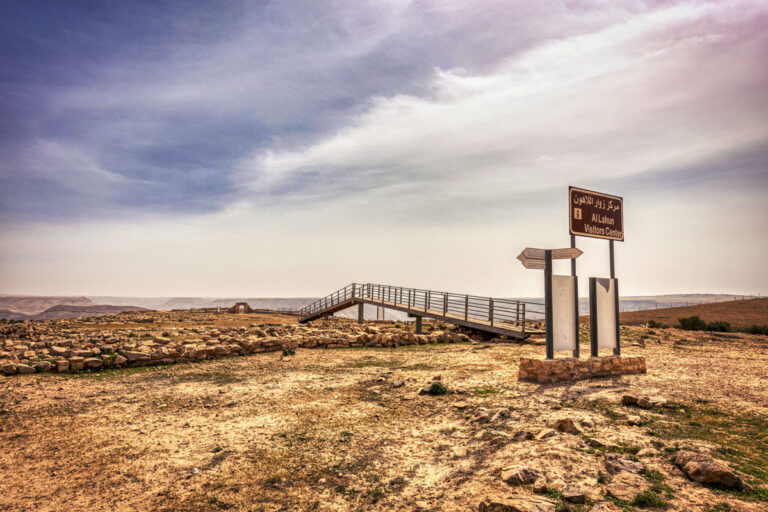Unveiling layers of history and human ingenuity, the Al Beidha Neolithic Settlement, tucked away in southern Jordan near Little Petra, offers visitors a time capsule into one of humanity’s earliest agricultural communities. This archaeological site is renowned for its well-preserved architecture and its key role in understanding the shift from nomadic lifestyles to settled farming societies. If you’re fascinated by ancient history and cultural heritage, Al Beidha is more than just a destination—it’s a story waiting to be unravelled.
From its rich historical significance to its unique architectural features, this guide dives deep into what makes Al Beidha a must-visit site. Here’s everything you need to know before you explore this remarkable piece of our collective human past.
The Historical Background of Al Beidha
Dating back to approximately 7200 BC, Al Beidha marks the beginning of a significant chapter in human history—the transition from hunter-gatherers to sedentary agricultural societies. This Neolithic site serves as a key piece in the puzzle of human development as one of the earliest settlements that embody communal living and agricultural innovation.
The residents of Al Beidha were among the pioneers of farming and animal domestication. They cultivated barley and wheat while herding sheep and goats—a revolutionary transformation that laid the groundwork for modern civilisation. Its strategic location near trade routes also made it a hub for exchanging goods and ideas.
Al Beidha was inhabited over several millennia until it was largely abandoned due to environmental changes. Excavations in the mid-20th century, led by the British archaeologist Dame Kathleen Kenyon, uncovered its secrets, including evidence of early housing techniques and community planning. Today, the site stands as a preserved window into a formative era of human history.
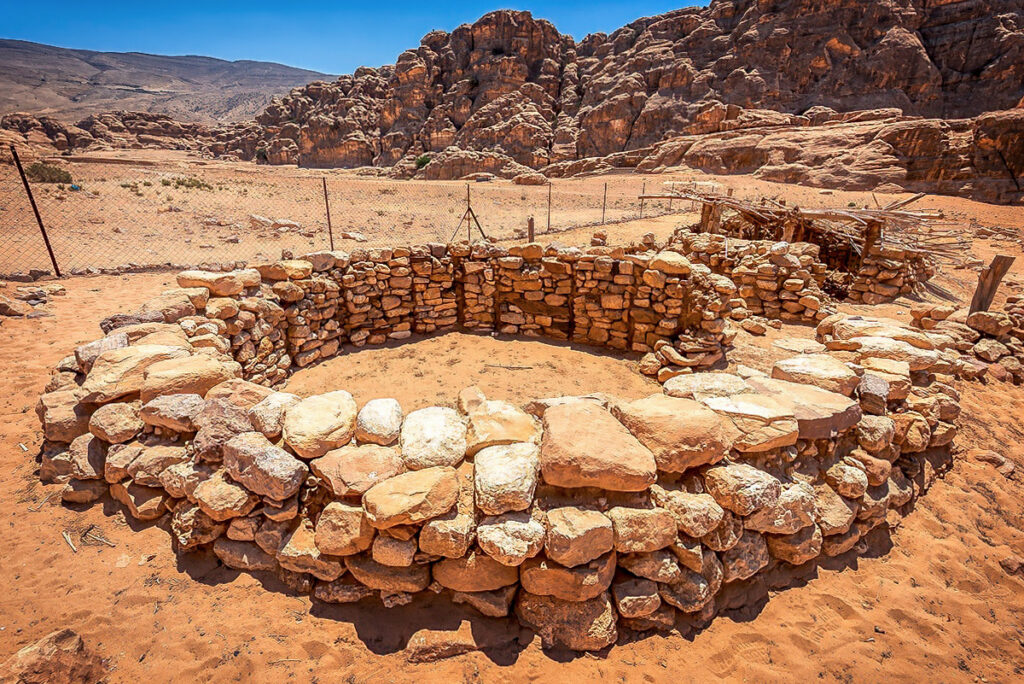
Points of Interest
There’s much to see and discover around Al Beidha. Here are a few specific features and locations to prioritise during your visit.
The Stone Foundation Walls
Many of the site’s stone walls remain intact, offering a clear layout of the settlement. Walking through these foundations feels like stepping into a Neolithic neighbourhood, where you can almost picture the rhythm of daily life.
Kenyon’s Excavation Area
A designated spot commemorates Kathleen Kenyon and her groundbreaking work at Al Beidha. This area highlights some of the artefacts and findings uncovered during her excavations.
Artefact Displays
Although much of the artefacts have been moved to museums, some can still be seen on-site or in nearby exhibits. Pottery fragments, tools, and figurines provide a tangible connection to the ancient residents of Al Beidha.
Surrounding Landscapes
The surrounding scenery offers breathtaking views of Jordan’s rocky terrain. It’s worth taking a moment to absorb the landscape that shaped the lives of Al Beidha’s inhabitants.
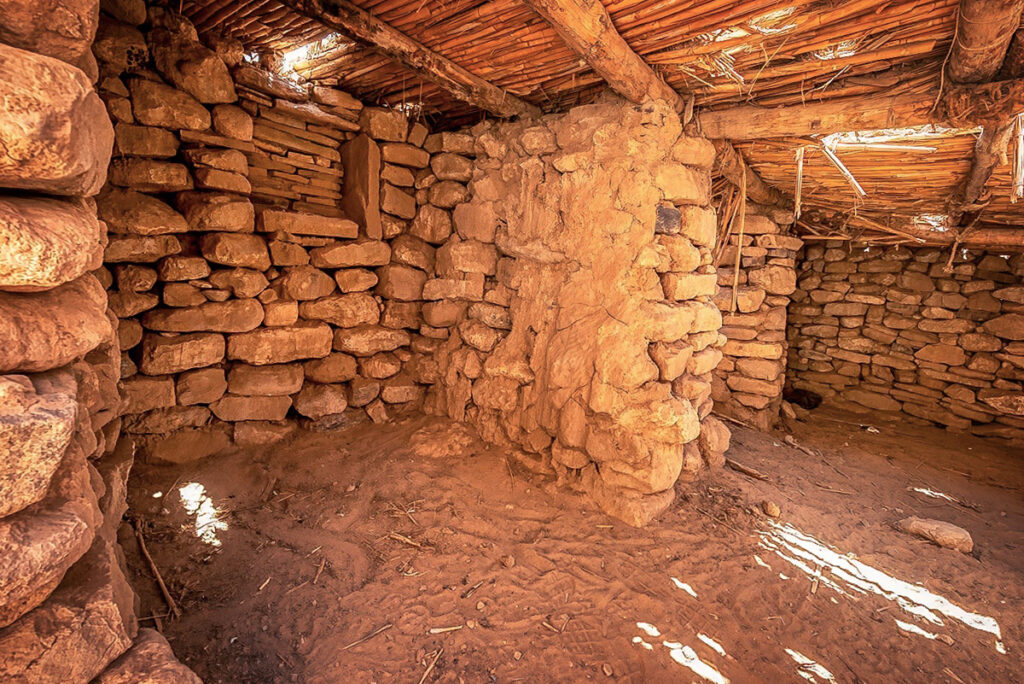
Visitor Information
If you’re planning a trip to Al Beidha, here’s everything you need to know to make your visit seamless and enjoyable.
Opening Hours & Tickets
- Opening Hours: Usually open from 8 AM to 6 PM, but there is no guard or anyone else looking after the place. Enter on your own.
- Tickets: No entry ticket required (subject to change without prior notice).
Guided Tours
While it’s possible to explore on your own, guided tours are highly recommended for first-time visitors. They provide detailed insights into the site’s historical and cultural significance. Book in advance for the best options.
Visitor Tips
- Best Time to Visit: Choose early morning or late afternoon to avoid crowds and enjoy cooler weather.
- What to Bring: Wear comfortable shoes, bring water, and don’t forget sunscreen—desert conditions can be harsh.
- Accessibility: While the site has uneven terrain, modifications are being made to enhance accessibility for visitors with limited mobility. Contact ahead to confirm facilities.
- Photography: Photography is permitted, but drones require prior approval.
Nearby Amenities
- Accommodation: Nearby Petra offers many options, from luxury hotels to budget stays.
- Dining: Enjoy local Jordanian dishes at nearby restaurants, such as mansaf and falafel.
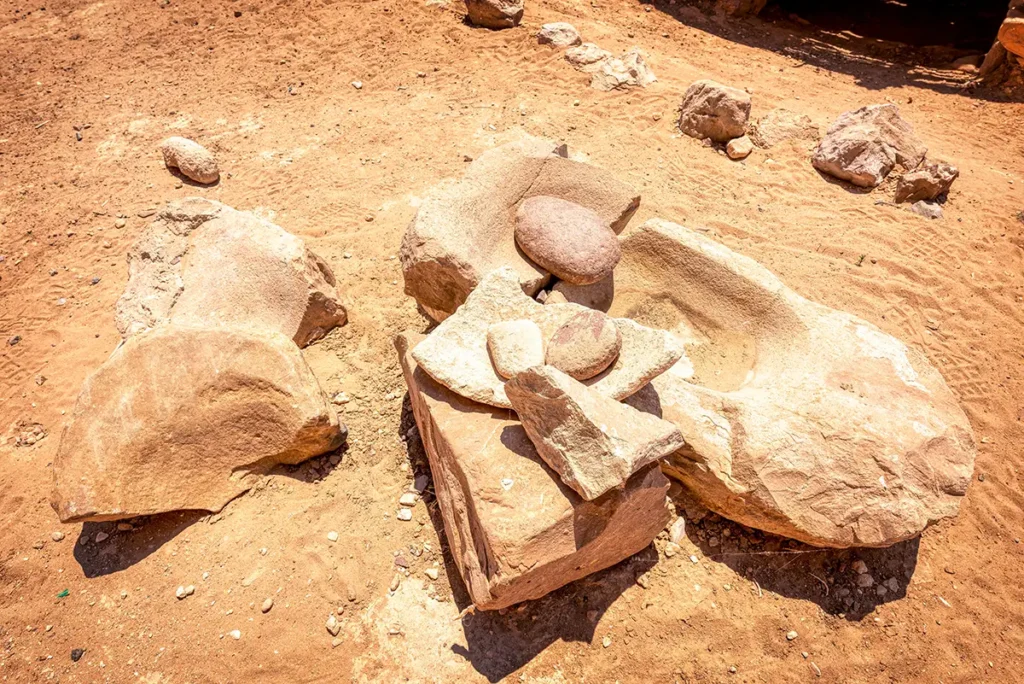
Surrounding Area
Why stop at Al Beidha when there’s so much more to see nearby? Complement your adventure with visits to these attractions.
Little Petra
Smaller and less crowded than its famous counterpart, Little Petra offers visitors an intimate look into the Nabataean way of life. Unlike Petra, which served as a commercial and ceremonial hub, Little Petra is widely regarded as an agricultural suburb where traders and caravans passing through the Silk Road found rest and replenishment.
Petra
Designated as a UNESCO World Heritage Site and one of the New Seven Wonders of the World, Petra attracts millions of visitors captivated by its history, scale, and beauty. This “Lost City” offers invaluable insight into the Nabataean civilisation, making it a source of cultural pride and global fascination.
